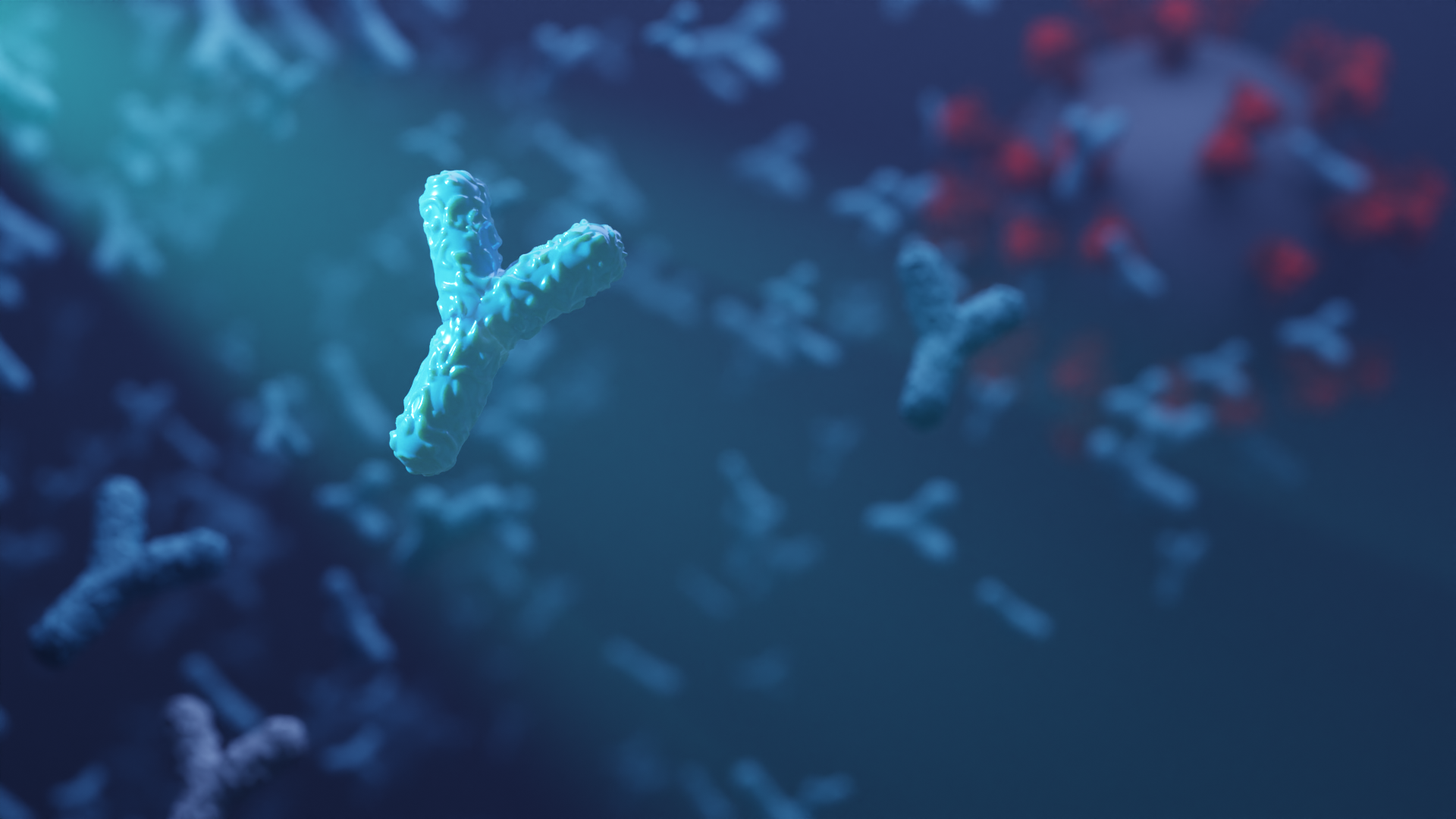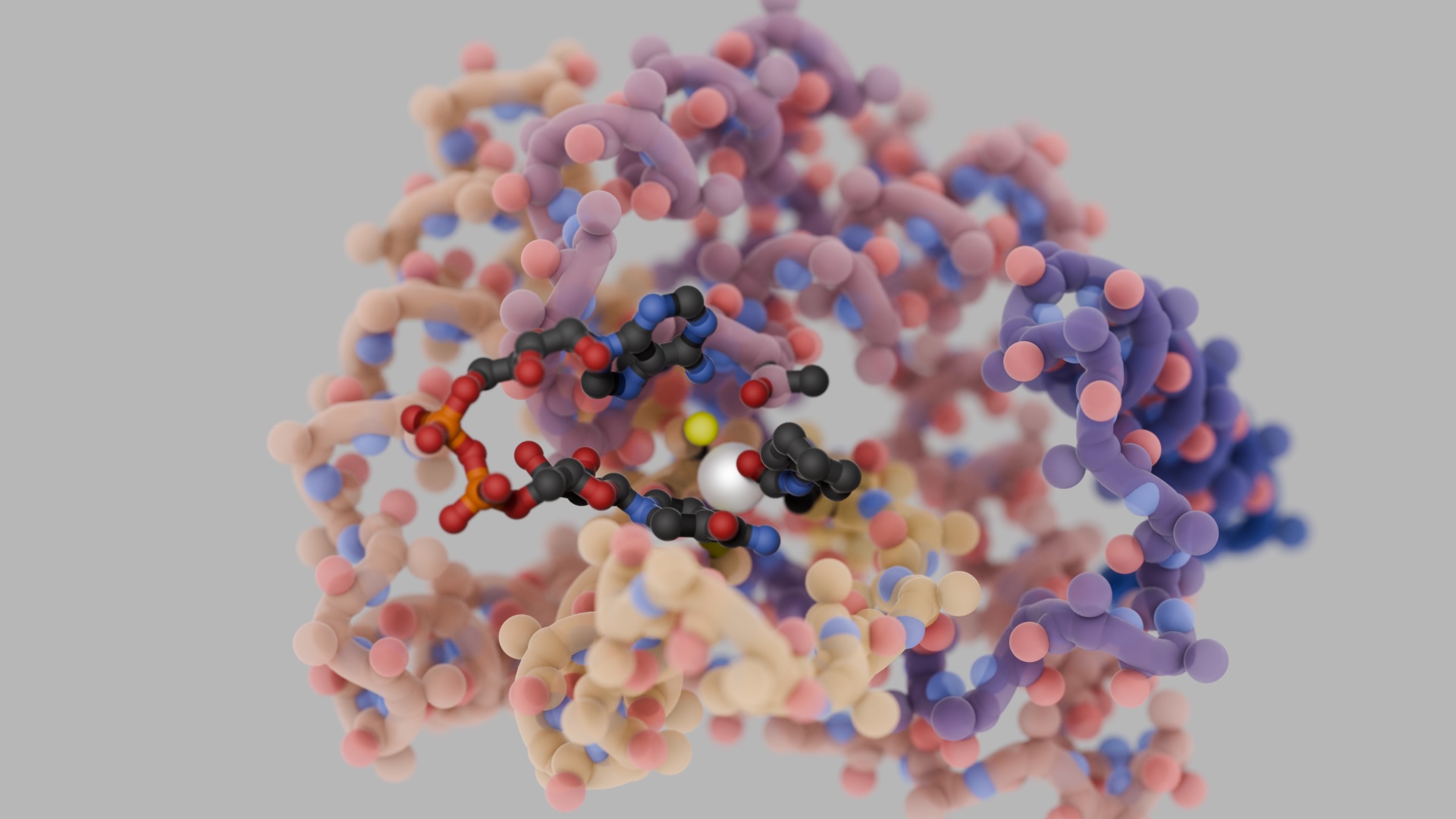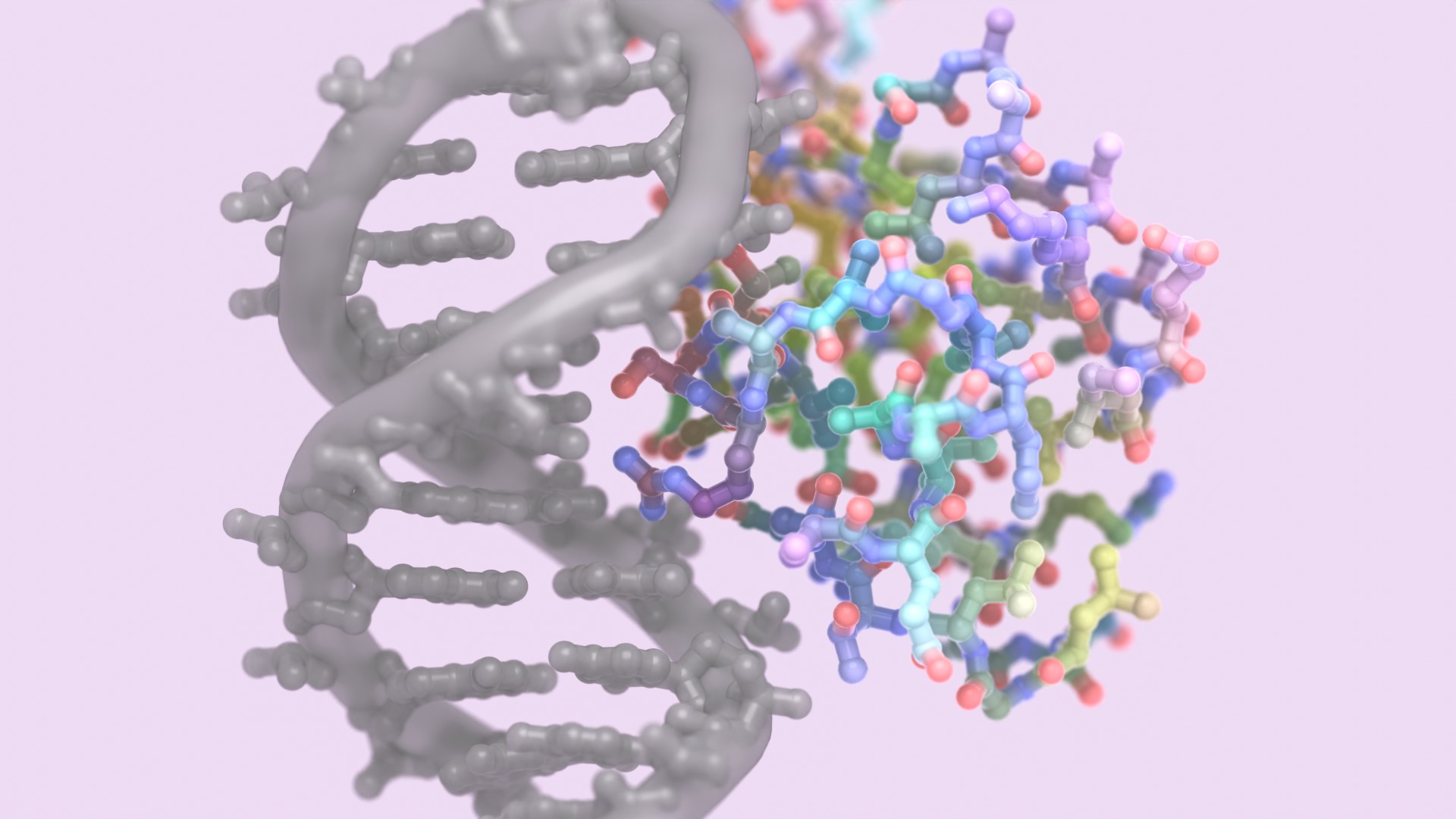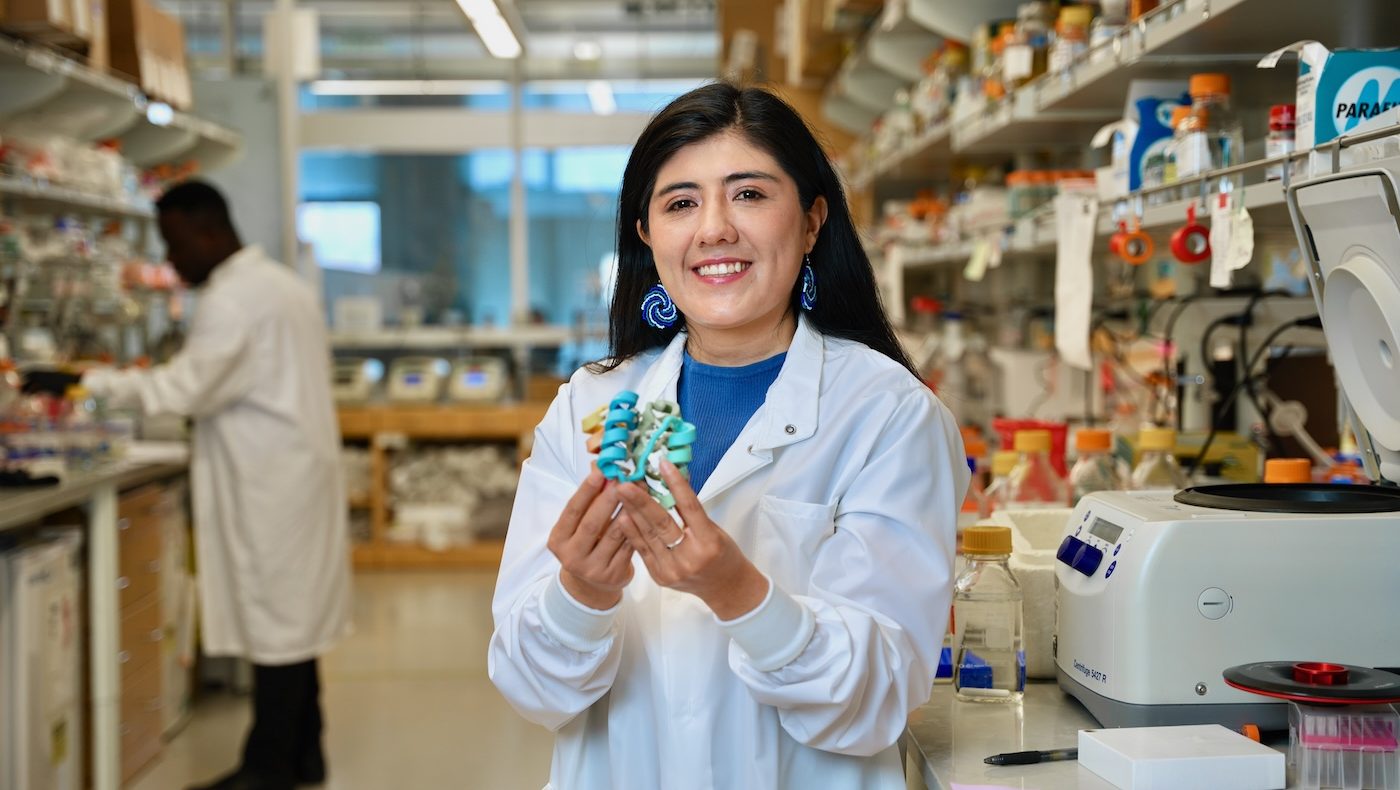Today we report in Nature Biotechnology the design of custom protein-based biosensors that can detect coronavirus-neutralizing antibodies in blood. This research, which builds on prior sensor design technology developed in the Baker lab, was led by Baker lab postdoctoral scholars Jason Zhang, PhD, and Hsien-Wei (Andy) Yeh, PhD.
From Behind the Paper:
[W]e utilized the de novo designed LOCKR (Latching, Orthogonal Cage/Key pRotein) system as a biosensor for measuring SARS-CoV-2 components and antibodies. The two-state LOCKR system is designed to be switchable, thus ideal for use as a biosensor2. LOCKR contains 2 proteins: 1) Cage protein: contains a 5-helical cage domain tethered to and interacting with the 1-helical latch domain, 2): Key protein: contains the 1-helical key domain that also has affinity to the cage domain. To transform LOCKR into a sensor for SARS-CoV-2 components (specifically the receptor binding domain (RBD) from the spike protein), a de novo designed binder (with picomolar affinity) to RBD called LCB13 was embedded on the end of the latch so that binding of RBD to LCB1 weakens the binding between cage and latch domains, strengthening the binding between cage and key domains, and thus allowing for the 2 LOCKR proteins to associate. To allow for readout of this binding event, split luciferase was added to the LOCKR proteins where the smaller bit was embedded in the latch and the larger portion attached to the end of the key protein. For this RBD sensor, the cage protein is called lucCageRBD and the key protein is called lucKey2. Thus, increased amounts of RBD binding to LCB1 in the cage protein translates to increased bioluminescence from the now reconstituted luciferase.





